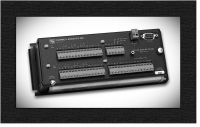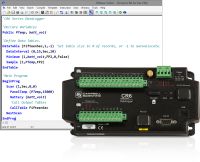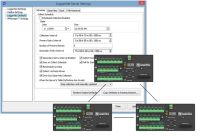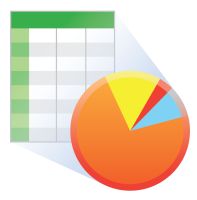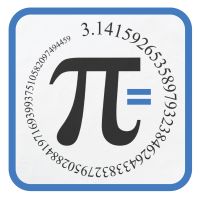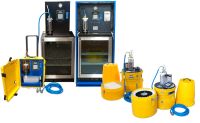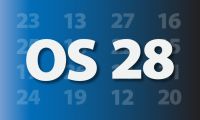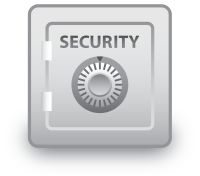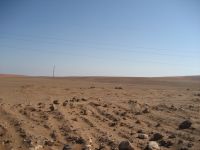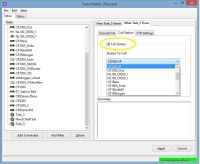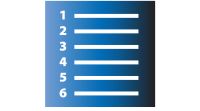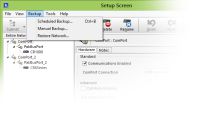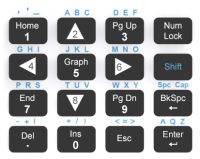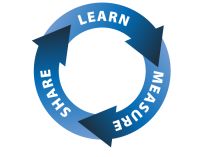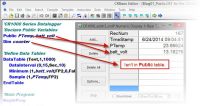Campbell Scientific ブログ 役立つハウツー情報と専門家のアドバイス
Displaying 161 - 180 of 181 articles
Making Sense of an Edlog Program File for Your Retired Data Logger
著者: Janet Albers | 最終更新日: 09/09/2015 | コメント: 0
Our retired data loggers are still in use, and some of them use the Edlog programming language. Do you have an Edlog data logger with a .dld compiled program file that you don’t know how to read? Does your .dld file have codes that you... 続きを読むWhy Modbus Matters: An Introduction
著者: Paul Smart | 最終更新日: 09/02/2015 | コメント: 2
You may have heard of Modbus (a widely used communications protocol), but do you know why it is often used with Campbell Scientific data loggers? Do you know how to use Modbus for communication between your data loggers and other Modbus-capable devices? Modbus is just one... 続きを読む5 Things to Know before Discussing Your Data Logger Programming Issue
著者: Janet Albers | 最終更新日: 08/26/2015 | コメント: 0
If you need help programming a Campbell Scientific data logger, here are some things you can do to have a more productive conversation with a Customer Support and Implementation Engineer. At a minimum you’ll want to know: What data logger you’re working with—such as a CR6, CR1000,... 続きを読むSimplify Your LoggerNet Network Setup Using LoggerNet Defaults
著者: Dana Worley | 最終更新日: 08/19/2015 | コメント: 0
Configuring a network of data loggers for communication and data collection in LoggerNet's Setup window can seem like an arduous and tedious task, but it doesn’t have to be. It’s true that you need to complete this task before you can use LoggerNet to connect... 続きを読むCRBasic Tips to Simplify Data Post-Processing
著者: Barbra Utley | 最終更新日: 08/12/2015 | コメント: 3
You’ve collected your measurement data, but how do you easily make sense out of it? How can you simplify the post-processing of your data and start analyzing it sooner? In this article, I’ll explain how adding some code to your CRBasic program can save you... 続きを読むThe Benefits of Using Constants in CRBasic
著者: Janet Albers | 最終更新日: 08/05/2015 | コメント: 0
Why should you use a Constant declaration in your CRBasic program? What is a Constant anyway? In a previous article ("Going Public with Your Variables in CRBasic"), we talked about the Public and Dim variable declarations. Variables are just that—variable; they change. Constants, on the other hand, don’t change;... 続きを読むAutomatic Water Sampler Maintenance Tips
著者: Robin Deissinger | 最終更新日: 07/29/2015 | コメント: 1
If you use automatic water-sampling equipment, consider performing a maintenance check-up during the month of August, which is National Water Quality Month in the U.S. When you perform a maintenance check-up, you can help ensure that your equipment is operating at an optimal level and that you... 続きを読む4 New Ways to Use Array Notation: Copying or Transposing
著者: Janet Albers | 最終更新日: 07/21/2015 | コメント: 0
Copying or transposing has become easier with OS 28 (CR6 OS 1). This new operating system enables you to copy portions of an array to a new location, such as when transposing rows and columns. In this example we start with A(3,2) (3 rows, 2 columns) initialized as... 続きを読む4 Ways to Make Your Data More Secure
著者: Jacob Davis | 最終更新日: 07/15/2015 | コメント: 0
Your data is valuable, and sometimes that value is reduced if unauthorized users have access to it. For this reason, Campbell Scientific data loggers have numerous methods of restricting access to your data. This article is an overview of four available methods for securing your... 続きを読むTroubleshooting Best Practices for Data Acquisition Systems
著者: Jason Ritter | 最終更新日: 07/08/2015 | コメント: 0
Are your current troubleshooting methods not as helpful as you’d like them to be? This article discusses a number of troubleshooting best practices you can use, which may help you determine the source of the problem and resume your data collection more quickly. When I... 続きを読む4 New Ways to Use Array Notation: Complex Scaling
著者: Janet Albers | 最終更新日: 07/01/2015 | コメント: 0
You can perform more complex scaling in an array without needing a For/Next loop. To take advantage of this feature, use OS 28 (CR6 OS 01) or later. In this example program, a unique set of multipliers and offsets is applied to the column of an... 続きを読むHow to Prevent Skipped Scans and a Sunburn
著者: Jacob Davis | 最終更新日: 06/17/2015 | コメント: 3
Through programming, relatively slow SDI-12 measurements can coexist, without problems, alongside fast measurements. To illustrate the need for accommodations in your data logger program, I will share the story of the worst sunburn I ever got. Southern Peru is near the Pacific Ocean, yet is... 続きを読む4 New Ways to Use Array Notation: Initializing Multi-Dimensional Arrays
著者: Janet Albers | 最終更新日: 06/10/2015 | コメント: 0
Initializing variables within an array is more flexible than ever with OS 28 (CR6 OS 1). You can think of a single dimensioned array as numbers in a column. Two dimensions, in comparison, puts numbers in rows and columns. The third dimension is a page. For example:... 続きを読むMake Your LoggerNet Data Collection More Flexible
著者: Dana Worley | 最終更新日: 06/03/2015 | コメント: 0
If you are a user of our LoggerNet software, you know that the software can be configured to collect data from your data logger on a regular interval. From a data logger's Schedule tab in the Setup Screen, you can configure an interval of anywhere... 続きを読む6 Common Communication Problems Involving Serial Connections
著者: Jacob Davis | 最終更新日: 05/29/2015 | コメント: 9
Your data logger may record great data, but if you can't retrieve it, the data isn’t going to do you much good. To ensure your successful data retrieval, it’s essential that you can troubleshoot possible problems that may arise with PC-to-data-logger communication over a serial... 続きを読むHow to Check the Accuracy of Your Solar Radiation Measurements
著者: Bruce Smith | 最終更新日: 05/29/2015 | コメント: 0
Solar radiation is an important measurement for many researchers and those who are monitoring their evapotranspiration values for irrigation purposes. If you have been wondering how accurate your solar radiation measurement is, Apogee Instruments (an associated company of Campbell Scientific) has a Clear Sky Calculator mobile... 続きを読むHow Safe Is Your LoggerNet Data?
著者: Dana Worley | 最終更新日: 05/29/2015 | コメント: 0
When you live in a cold-weather climate like we do here in northern Utah, it’s a welcome reprieve to spend a few days away enjoying someplace sunny and warm. A couple of days ago, as I was uploading photos of sunshine and blue skies from... 続きを読むHow to Find and Insert Characters Using a Keyboard Display
著者: Janet Albers | 最終更新日: 05/29/2015 | コメント: 0
A keyboard display, such as the external CR1000KD or on-board display of the CR850 and CR3000, is a powerful tool you can use in the field. A keyboard display enables you to interrogate and program a data logger independent of other telecommunication links. Most keys on... 続きを読むWelcome to the Campbell Scientific Blog
著者: Robin Deissinger | 最終更新日: 05/29/2015 | コメント: 0
Which of these sounds like you? I need help with the basic stuff. How do I know what kind of measurement equipment I need? When I get it, how do I set it up correctly? I need programming help. How do I make sure I'm getting... 続きを読むGoing Public with Your Variables in CRBasic
著者: Janet Albers | 最終更新日: 05/29/2015 | コメント: 0
When programming your Campbell Scientific data logger, have you ever wondered whether you should be using a Dim variable declaration or a Public one? What is the difference between them, and when is it best to use each one? Dim and Public variables are temporary holding... 続きを読む











